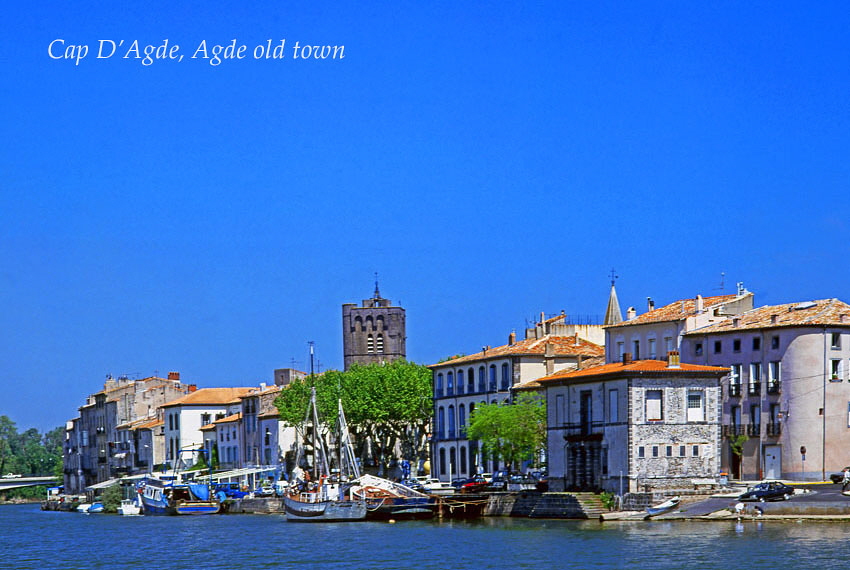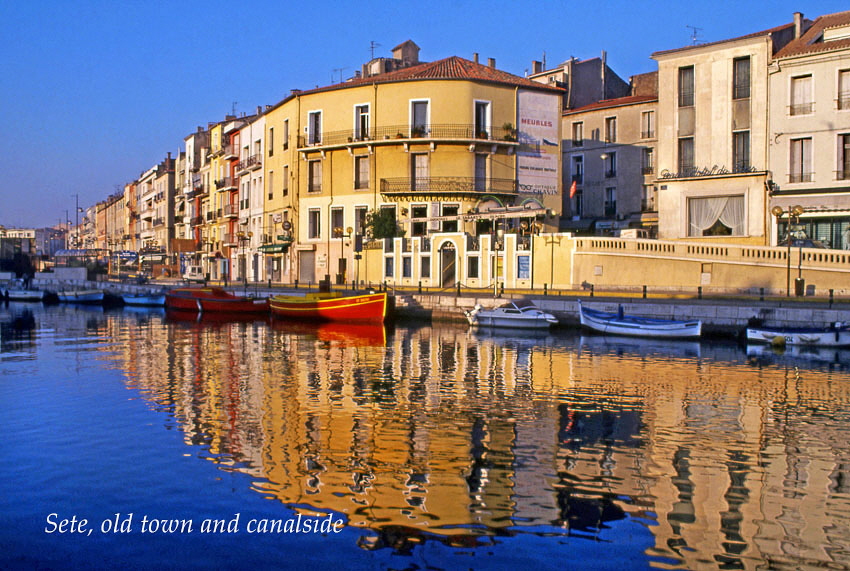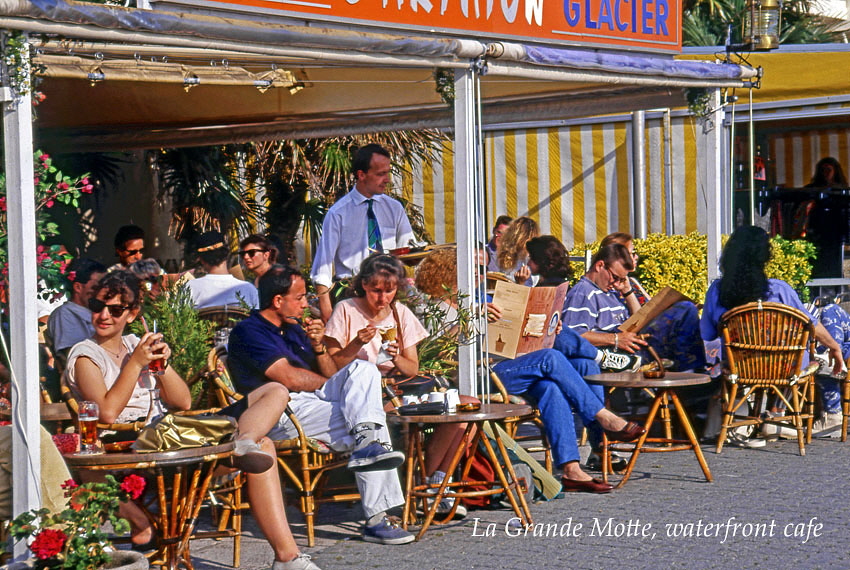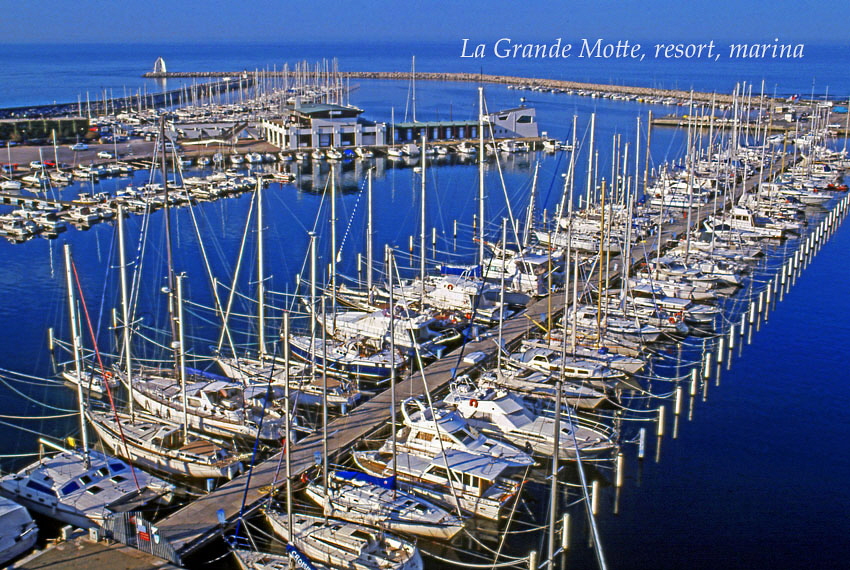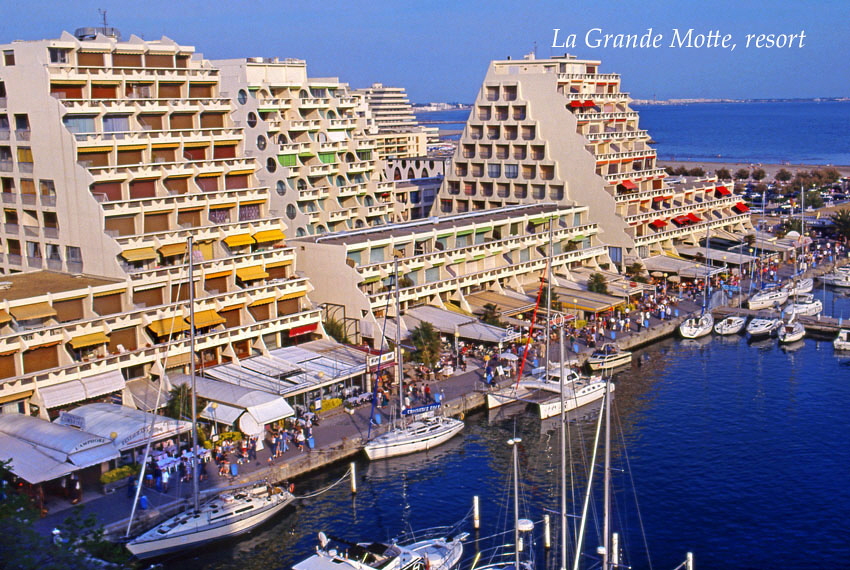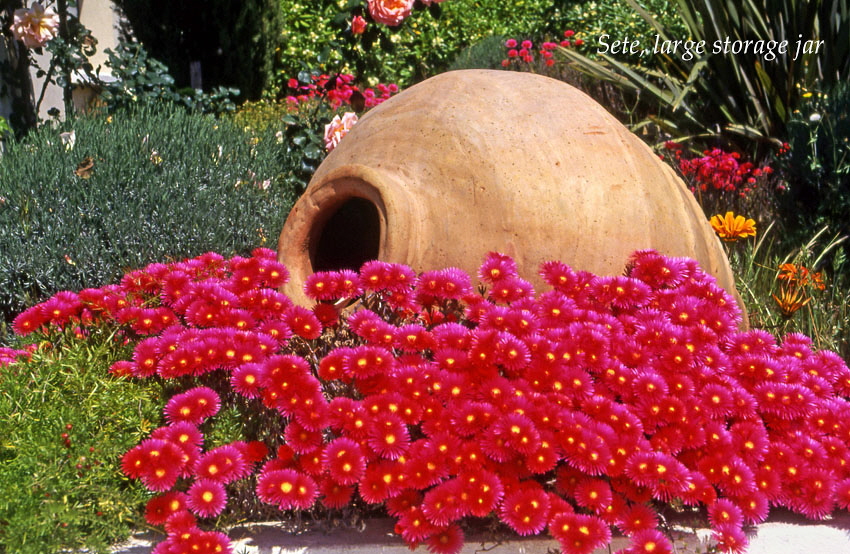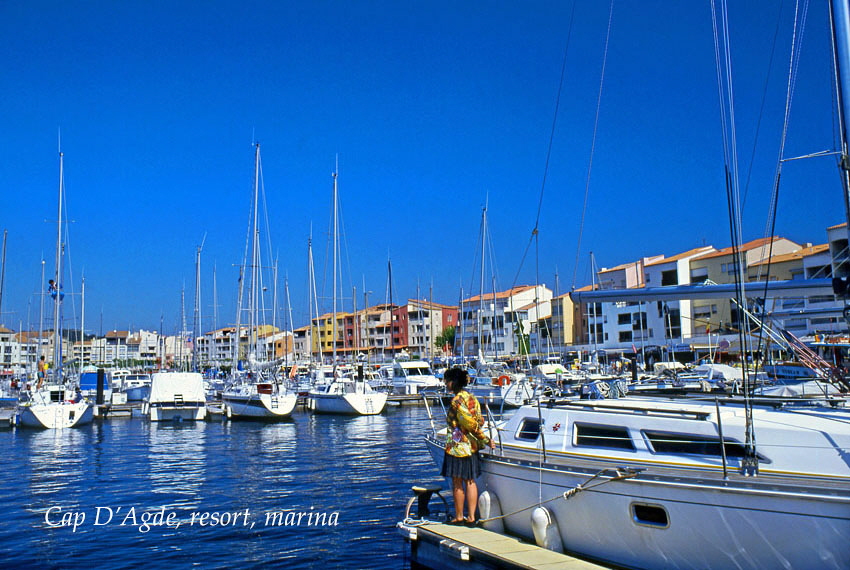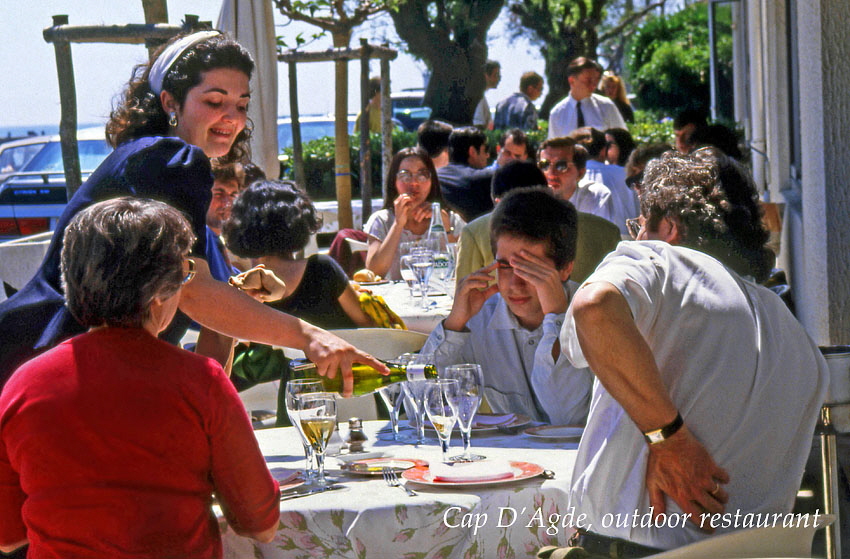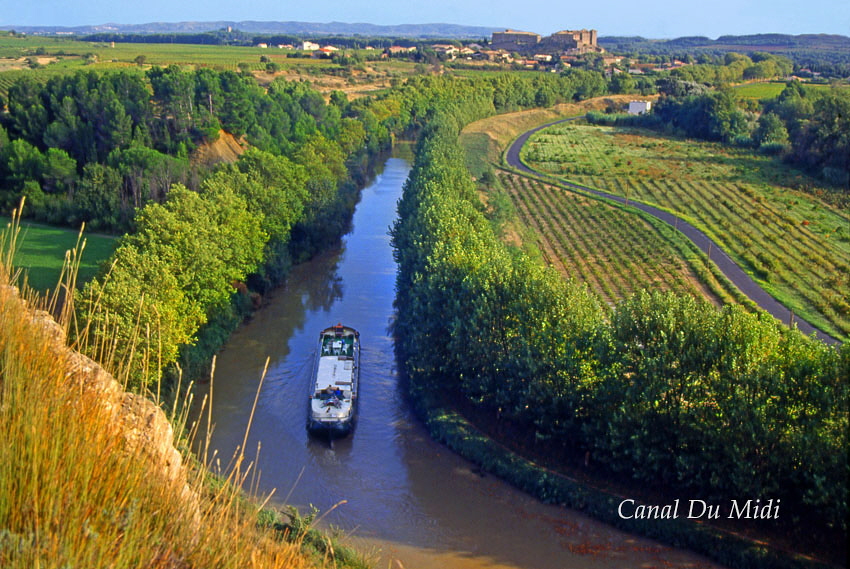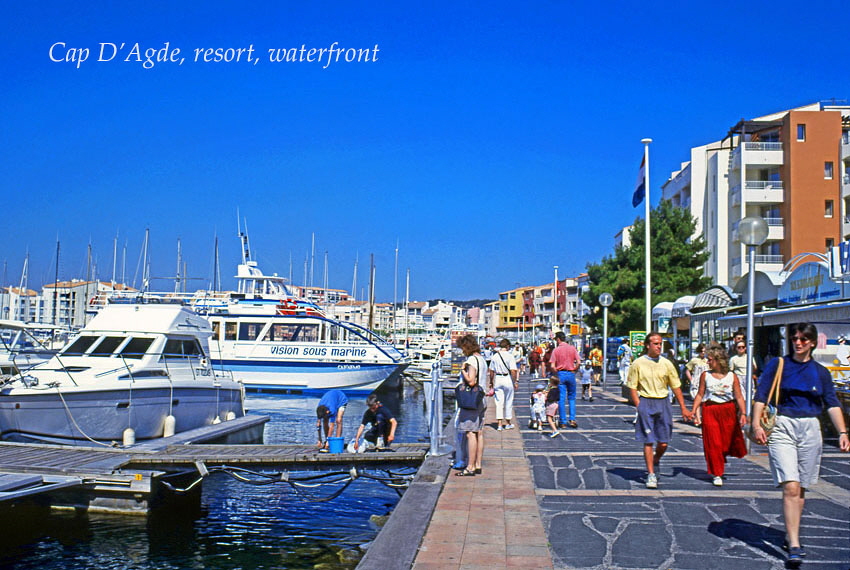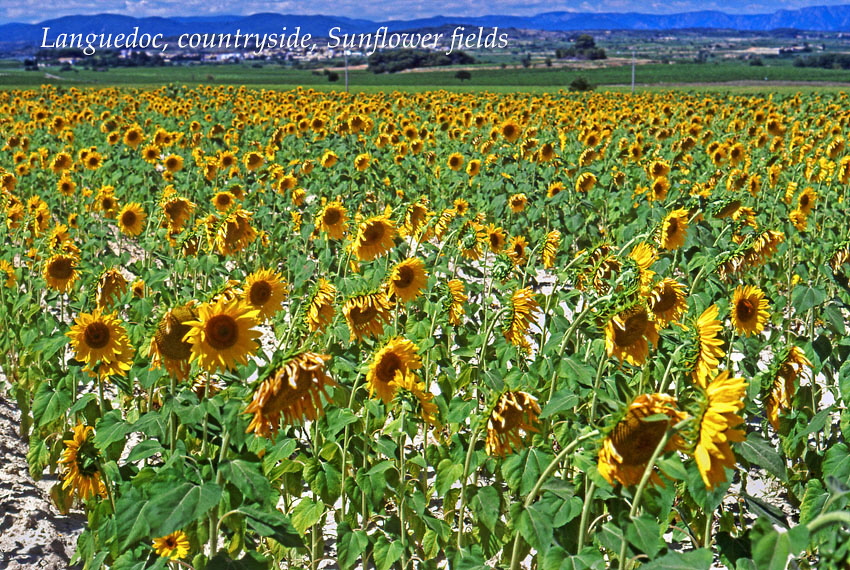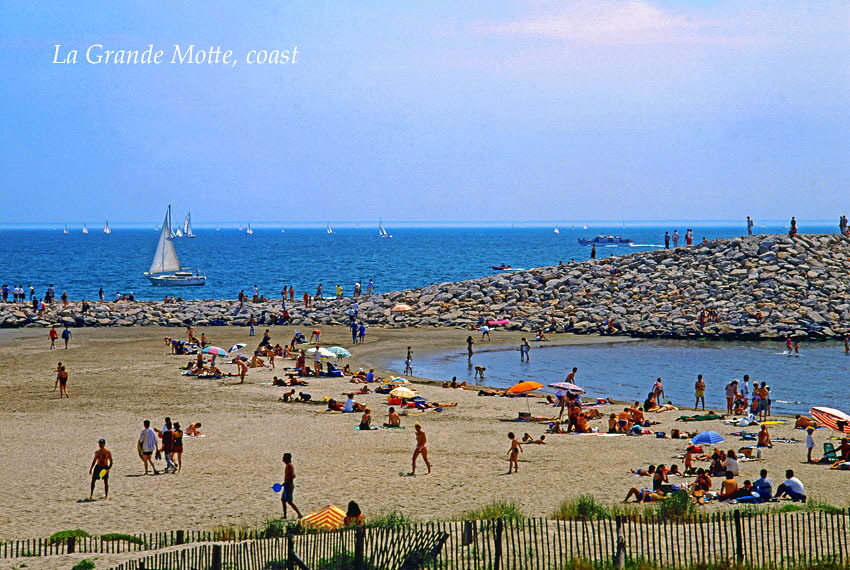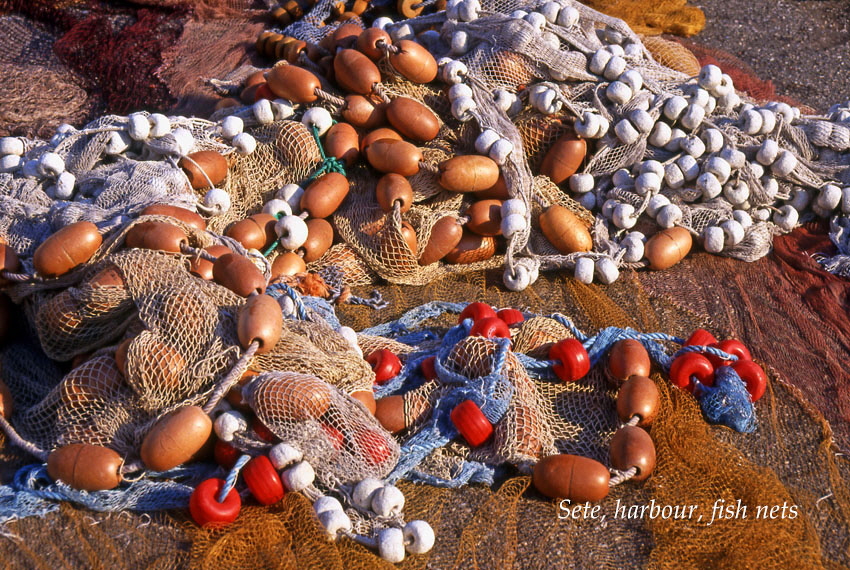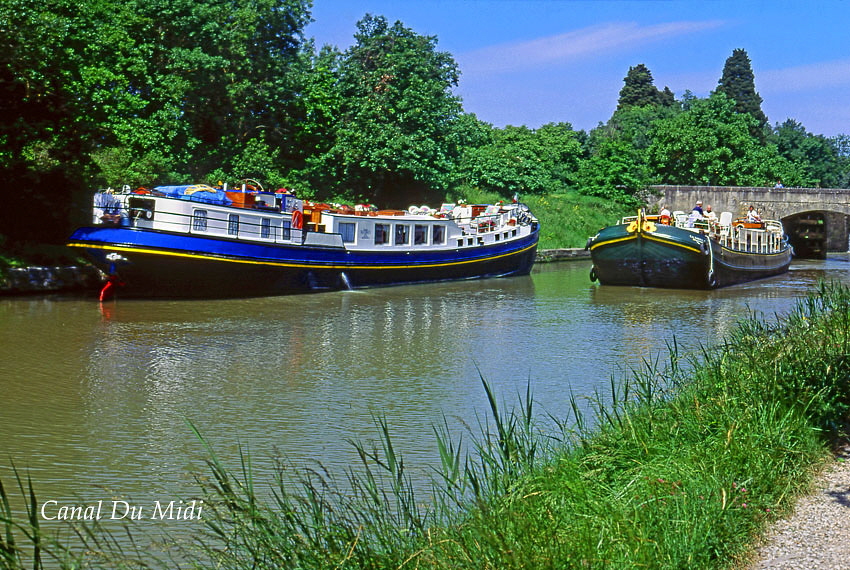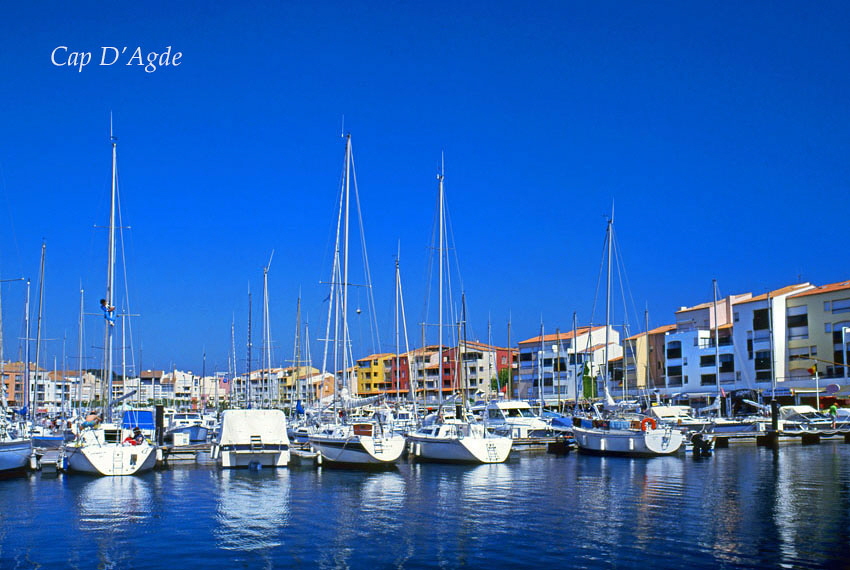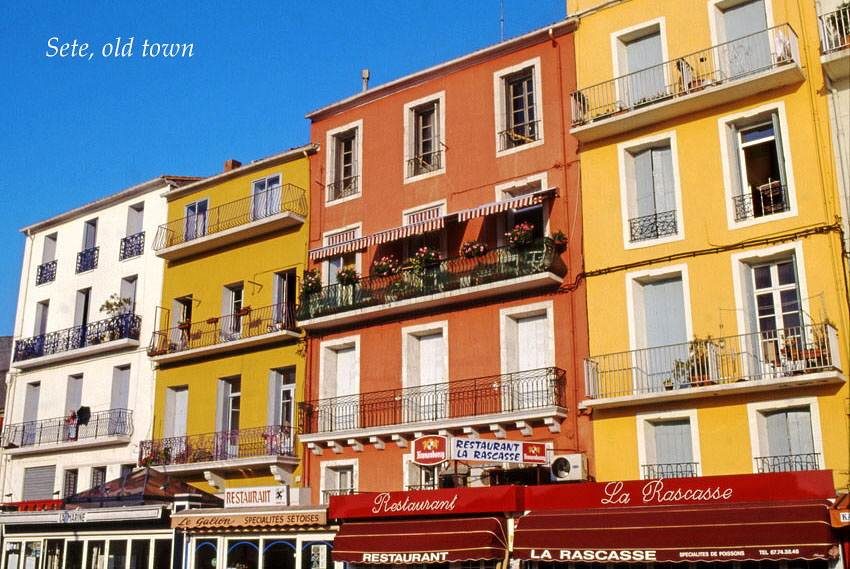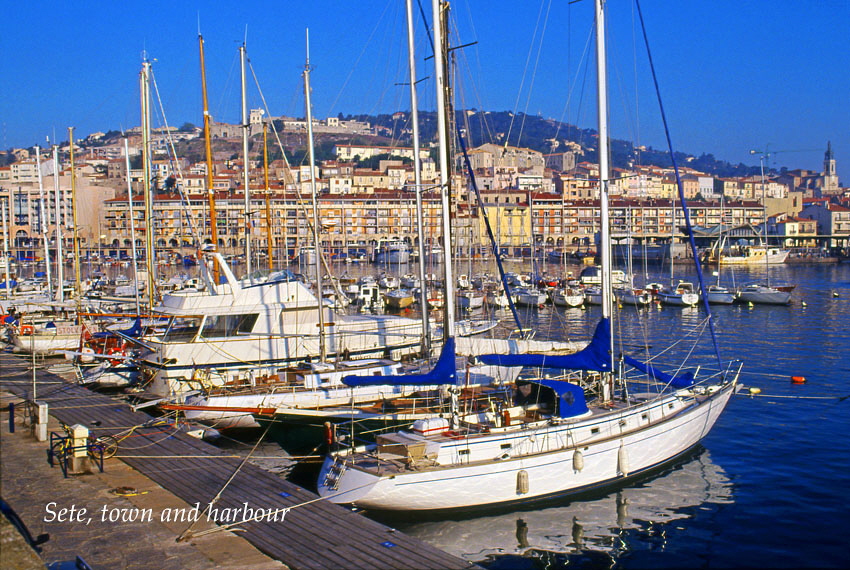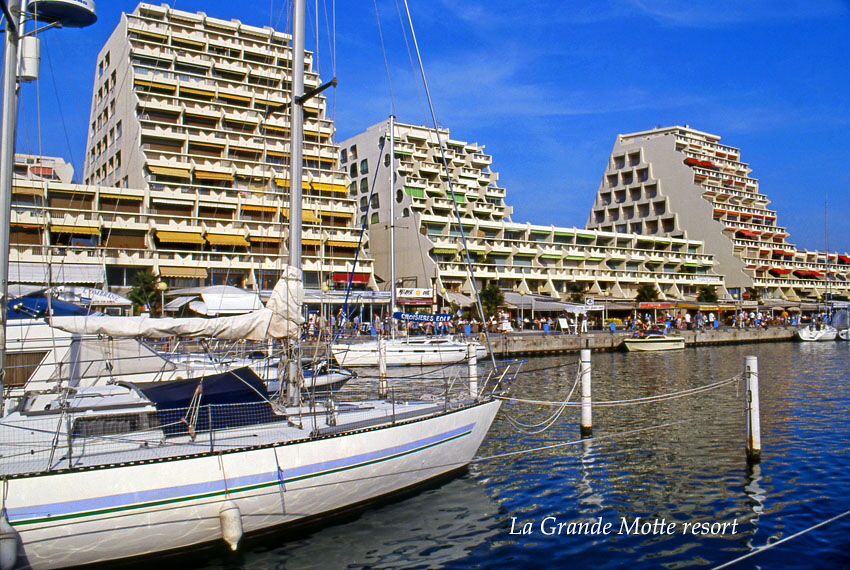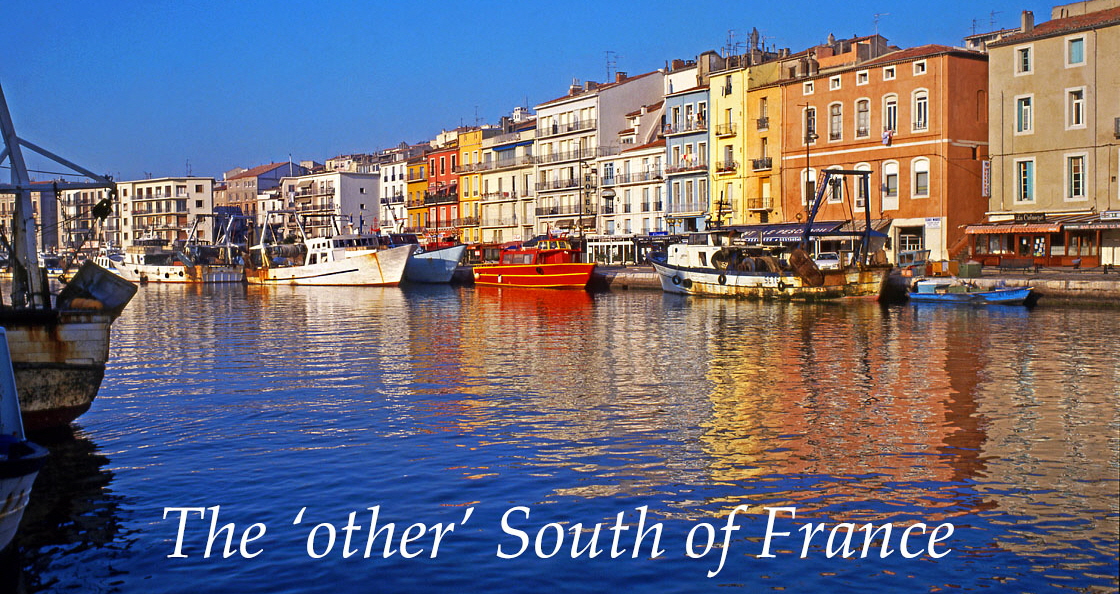
Sete, old town by the canals
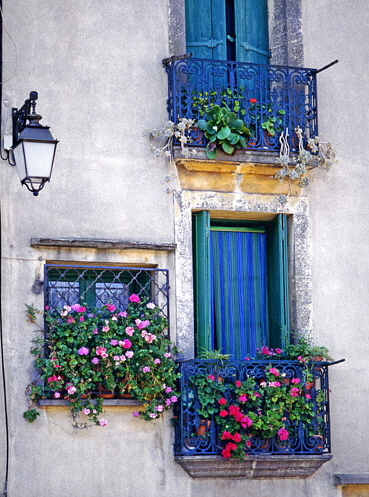
Agde, old town
Mention the South of France and people think of Nice, Cannes or St Tropez. But to the west of these fashionable resorts lies the Languedoc Coast, an area little explored or discovered by the foreign visitor. The region of Languedoc, or Languedoc Roussillon, to give its full name, is rich in history with both Greek and Roman connections, having being formed from the ancient province of Occitan where the langue d’oc, the Gallo-Latin word for oui was once spoken. Enjoying a warm, mild climate with more sunshine than almost any other region of France, it is delightfully rustic and unspoiled. Dotted with vineyards, small villages and picturesque waterways, it’s been described by many as the ‘real’ France.
A visit to the region usually begins with a flight to Montpellier where one can collect a rental car at the airport. The alternative is to motor down from the Channel Tunnel or ferry ports in the north. But whichever route is selected, ‘wheels’ are virtually essential if one is to make the most of this lovely part of rural France.
About 45 minutes drive from Montpellier, the holiday town of Cap d’Agde can be a starting point. A purpose-built resort nestling on the edge of a long sandy beach, it combines excellent sporting facilities with a modern yachting marina and a good choice of hotels and yet is within easy reach of the surrounding countryside. Those who prefer, will find camping and caravan sites on the outskirts of town as well as one of Europe’s largest naturist colonies, complete with its own shops, restaurants, banks and accommodation for up to 25,000 visitors.
More than 2600 years old, Cap d’Agde stands on the site of an ancient Greek settlement. Marine archaeologists have discovered a large number of artefacts in the area, including a rare collection of ancient storage jars and a 2000 year old bronze statue, believed to have belonged to Alexander the Great. All the items are now housed in the local museum, together with a fascinating display of relics dragged up from shipwrecks on the seabed.
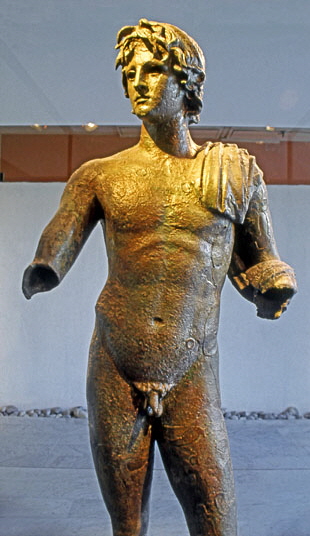
2000 year old bronze statue
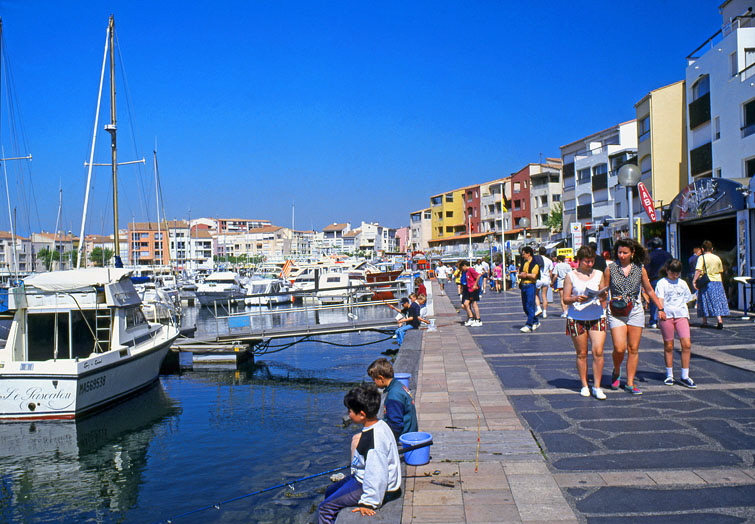
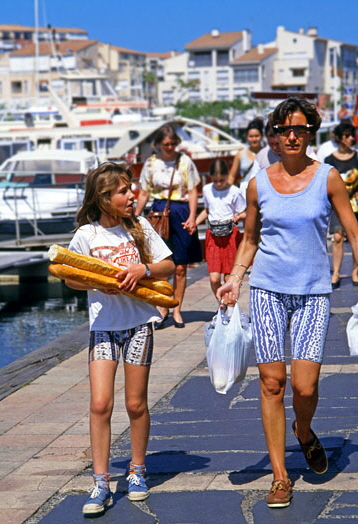
Cap D’Agde, resort, and waterfront
A shot drive inland, is the quaint old town of Agde. Built at the foot of Mont Saint-Loup, an extinct volcano, Agde is a sharp contrast to its modern namesake. A maze of narrow lanes, cobbled streets and small squares, it centers around a 12th century cathedral built from local black volcanic stone, although evidence of a settlement on the site can be traced back over 2500 years to Greek and Roman times.
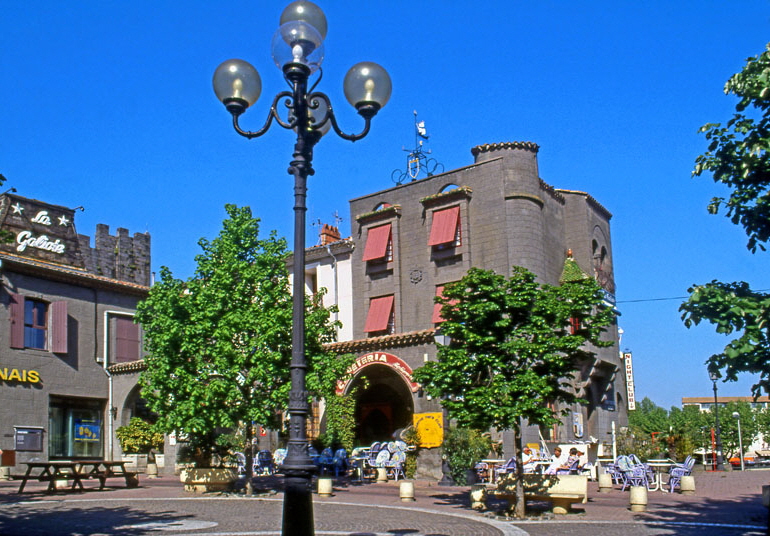
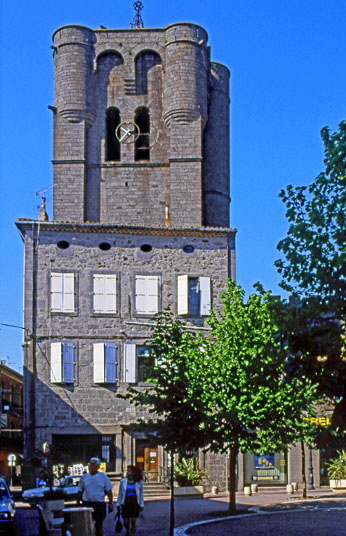
Agde, old town
Agde, 12th century cathedral
As in small French towns, the local market is a good place to savour the real flavour of the place. Wandering through the neatly stacked stalls laden with ripe fruit, freshly picked asparagus and wild mushrooms, visitors quickly work up an appetite.
Leisurely lunches are one the great gastronomic pleasures of France, and Agde is no exception. A choice of small cosy restaurants line the nearby River Herault where it meets the romantic Canal du Midi. Dishes on offer include a mouth-watering selection of regional specialities, such as stuffed baby octopus with fresh herbs and Escargots en cargolade - snails barbecued over vine leaves.
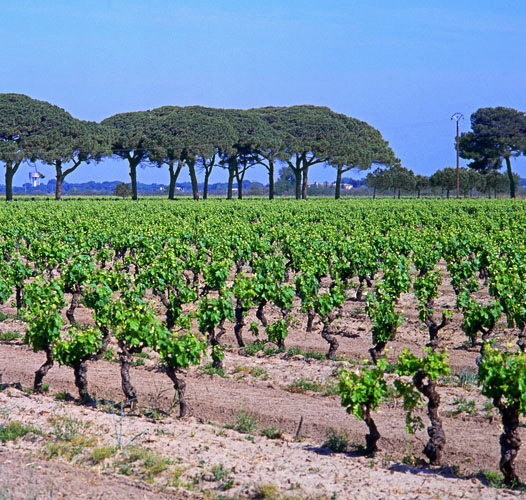
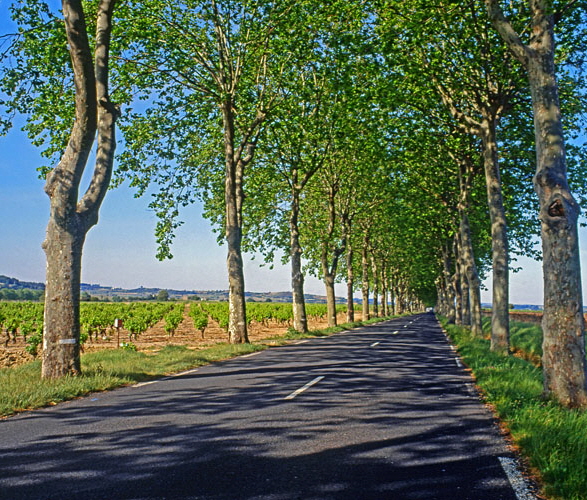
Wine producing, Languedoc
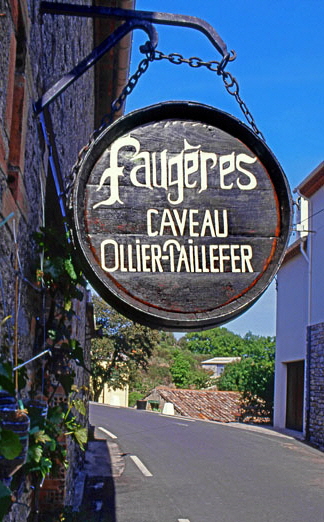
Beyond the old town, leafy lanes cut through the surrounding vineyards. As the roads narrow and wind their way upward into the hills, they are fringed with a handful of small hamlets, each with a plethora of signs beckoning visitors to taste and buy wine of one sort or another. In the heart of Faugeres, a community of villages make up one of Languedoc’s youngest yet most important wine-producing districts. Although the villages are centuries old, wine growing only began here in the 1960s. Today, no less than 15 vineyards produce a variety of red, white and rose wines on the rugged slopes of the Montagne Noire.
Small wine producers like the family-run business in Fos, a tiny village with just 100 inhabitants, are happy to receive visitors, who are invited into the cool underground cellar and offered free tastings, accompanied by cheese and hazelnuts while the host proudly explains how traditional hand production methods combined with fertile soil enriched with volcanic rock help give the wine its distinctive and full-bodied flavour.
At the foot of the same hills, Beziers, Languedoc’s vine-growing capital, belongs to a much older wine production tradition. In 1907, a devastating disease blighted its vines and threatened to wipe out the trade for good. Fortunately the industry survived and is now stronger than ever. The area produces a wide range of classic table and quality Minervois wines, which along with Corbieres, comprise the most significant wines of the Languedoc region.

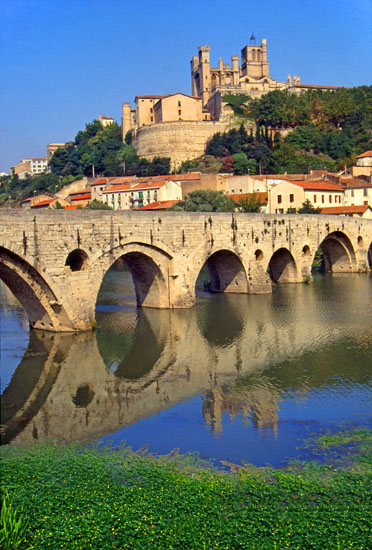
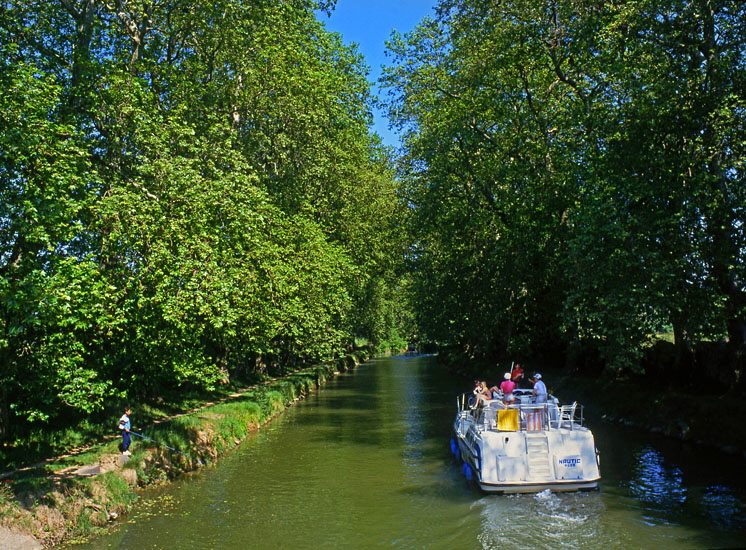
Historic Beziers
Cruising, Canal Du Midi
Wines apart, Beziers is a beautiful and historic town, famous for its classic-like Gothic cathedral and charming medieval bridge, as well as for being the birthplace of Resistance hero, Jean Moulin. It also provides yet another opportunity to enjoy the lovely Canal du Midi.
The 370 year old canal was built by a Beziers native, Paul Riquet, and stretches for nearly 250km, connecting the Atlantic to the Mediterranean, making it the longest waterway in this part of France. Cruising along its peaceful, tree-line route, either in a self-hire narrow boat or on an organised excursion is one the most relaxing ways to enjoy the areas quiet beauty. For those who prefer not to take to the water, there are shady canal side walks and cycle paths to explore.
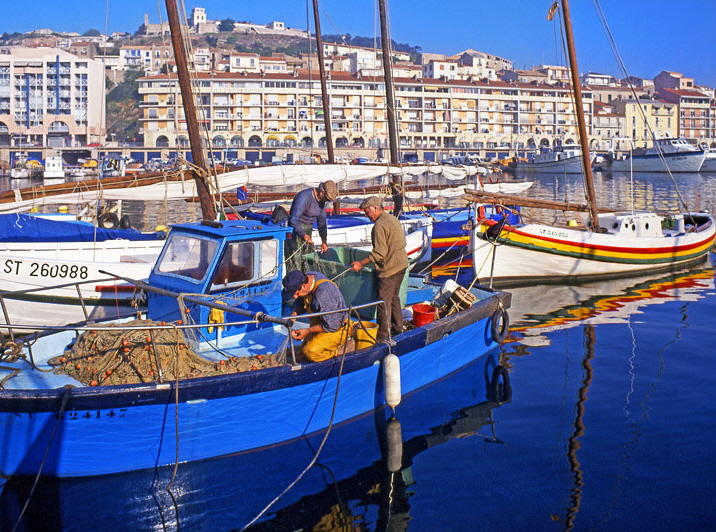
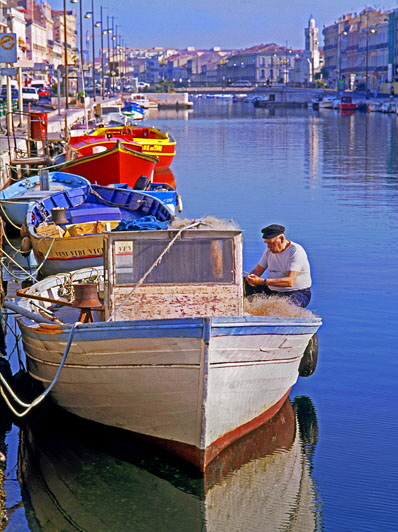
Sete, harbour and fishing boats
Sete, marina
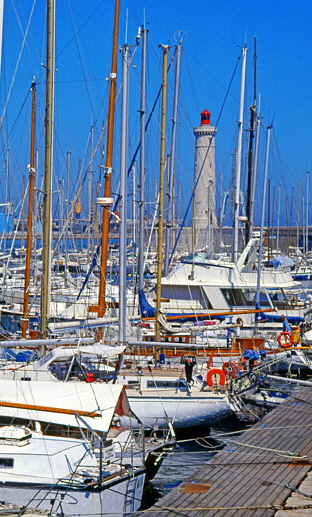
Back along the coast, another pretty stop is the 17th century port of Sete. The town juts out on a headland into the sea and would be an island but for the two narrow sandbars linking in to the mainland. Apart from tourism, fishing is still the main industry here. Colourful fishing boats and trawlers line a busy harbour front, where fishermen mend their nets or sell their catch from small stalls on the quay side.
For a close look at the mussel and oyster farms which provide the town’s lifeblood, it’s well worth taking a glass bottomed boat trip around the bay. Back on dry land browse around the fish market where most of the catch ultimately ends up, then stroll along the canals which criss-cross the town. This last feature, together with the influence of a large number of Italian immigrants at the turn of the 20th century helps to give Sete more than a touch of Italy, causing it to be nicknamed Venice of the Languedoc.
Away from the water, shady pavement cafes look out into the wide open squares - the perfect place to idle away an afternoon, watching the crowds while enjoying an ice-cream or Cafe Cream.
As you might expect, seafood in Sete is delicious and plentiful. Gigantic three-tiered seafood platters (enough for two to share), hearty fish soup and stuffed mussels are among he specialities, as is Tielles, a savoury octopus flan, a favourite lunch time snack.
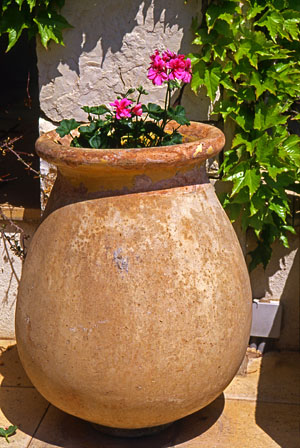
Sete, old town
The town is at its most picturesque at dusk. From the balcony at the olde world Le Grand Hotel overlooking the main canal, you can watch the warm evening sun reflect against the pastel-coloured buildings, Then gradually, as it becomes dark, the soft glow of the street lamps and lights of boats dance and twinkle on the water in a mesmerising pattern of brightness.
Breakfast on coffee and croissants the next morning, as the town slowly stirs to life with the gentle hum of early morning boats making their way down the canal.
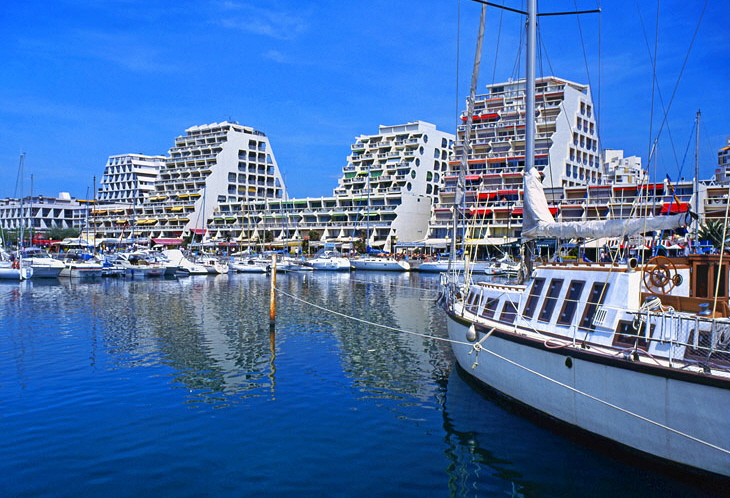

La Grande Motte
A short 40km from Sete is La Grande Motte, one of the region’s newer resorts, with its unique pyramid-style architecture, and is name translating somewhat unkindly as ‘The Big Lump’. With 5km of wide sandy beach, numerous watersports and one of Europe’s largest golf course, it is a lively, self-contained resort in which play hard by day and party by night.
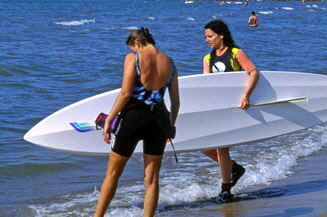
Black Bulls of The Camargue
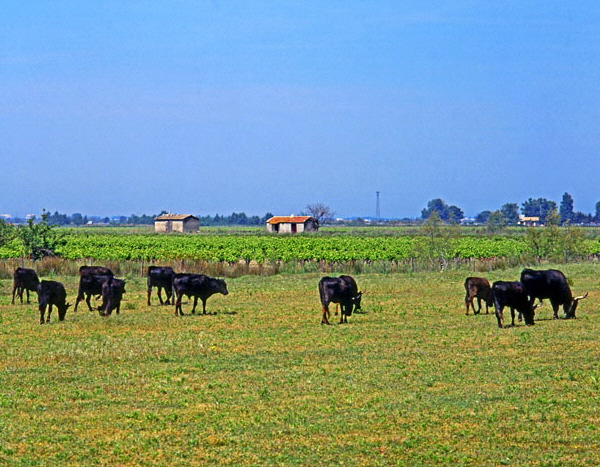
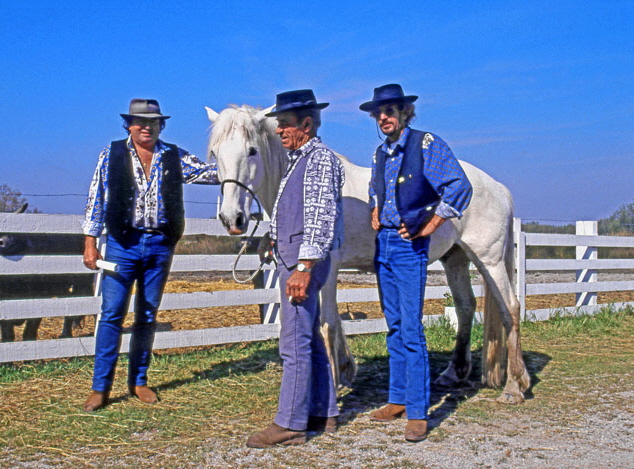
The Camargue ‘cowboys’
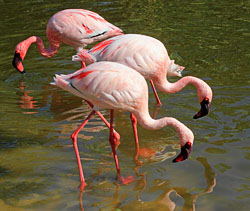
La Grande Motte is also the gateway to one of the region’s most surprising and unexpected finds, The Camargue, is a nature reserve built in an area of flat marshland inhabited by pink flamingos, black bulls and semi-wild white horses. The reserve’s human residents include the Gardians, rugged ‘cowboys’ sporting boots and wide-brimmed hats who look after the animals and also double as extremely knowledgeable tour guides. Part conservation project, part tourist attraction, the area makes for an unusual excursion and can be explored on horseback, by boat or by ‘jeep’ safari.
One the final stop on your way back to Montpellier Airport must be at one of the large supermarkets on the outskirts of town where you can stock up on some French goodies to bring home. Apart from wines and quality cheeses, you’ll find plenty of bargains on the chocolate and confectionery shelves. It’s a good way to use up your last few Euros and also ensure that your brief taste of France lasts just that little bit longer when you get back home.

18 images here ©JAYTRAVELPHOTOS
© COPYRIGHT notice. The images on this site are for viewing only.
To purchase any, for personal or commercial use, please contact us at jaytravelphotos@aol.com
